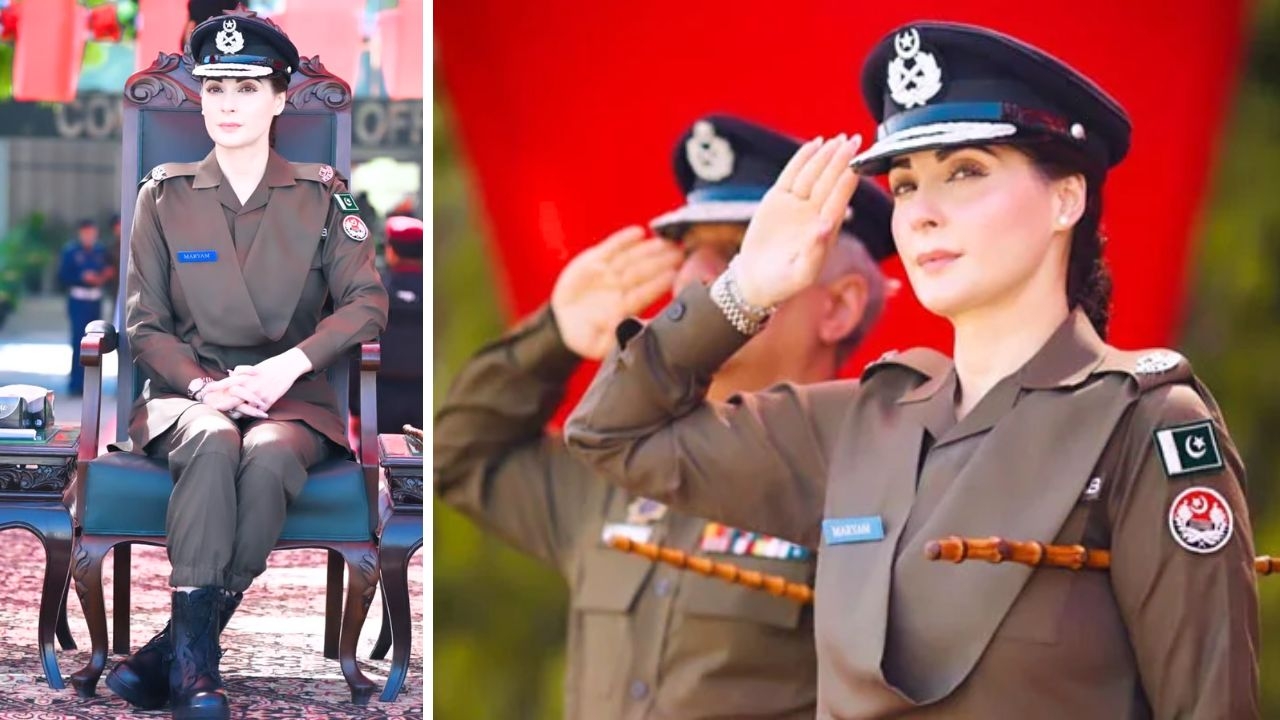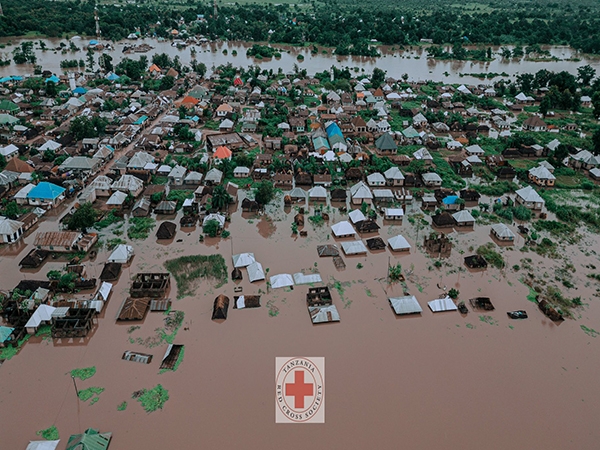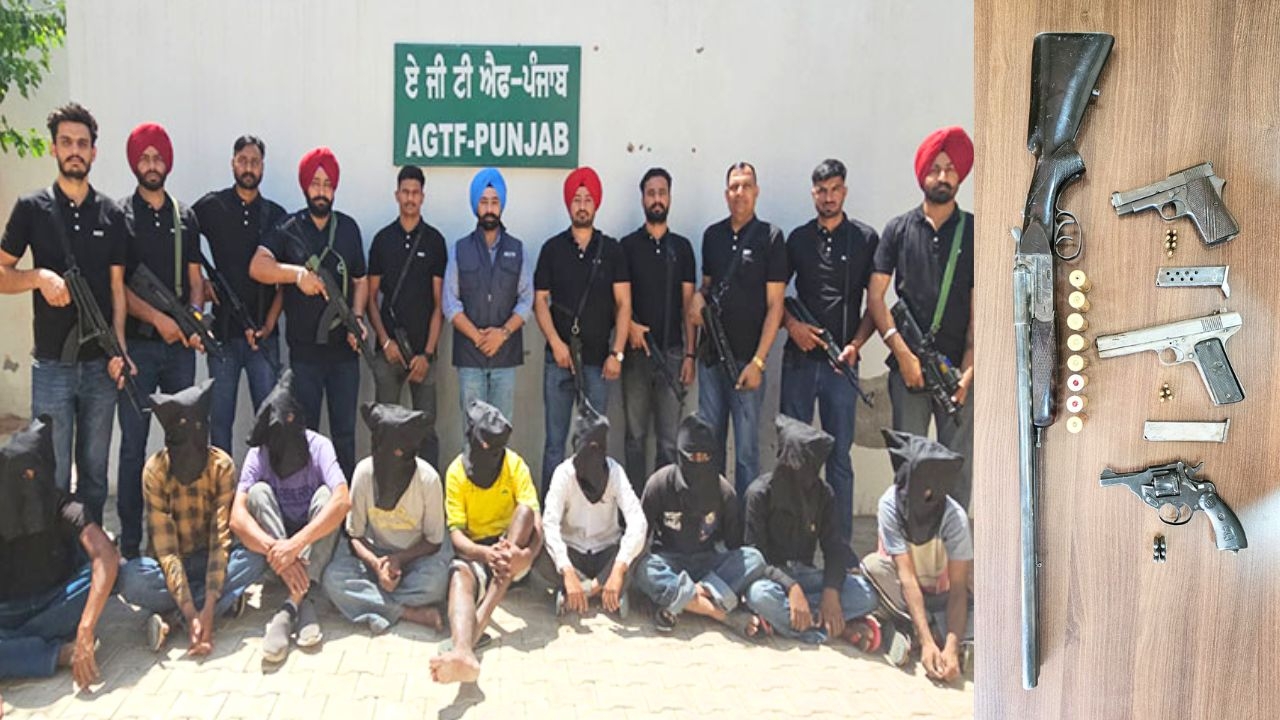Trump's fight against 'terror': Has he forgotten who created the Islamic State in the first place?
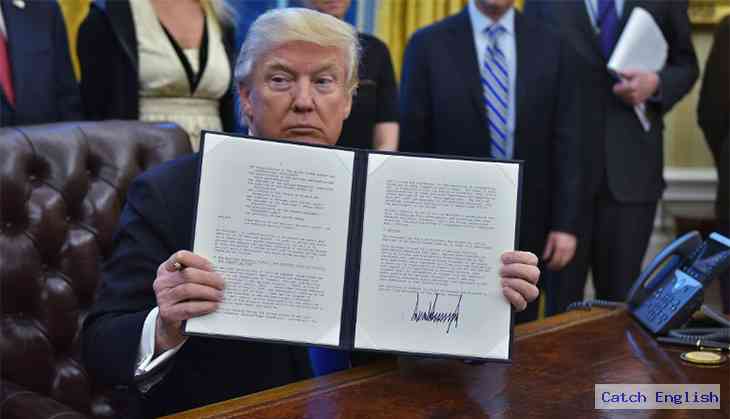
Of the numerous Executive Orders (EO) President Trump has issued since assuming office on 20 January, his most significant and controversial order is the one that affects the lives of millions of people living in the seven Islamic countries - Iran, Iraq, Syria, Libya, Somalia, Yemen and Sudan.
These countries have been put on temporary ban from entering the US, on grounds of preventing the entry of 'radical Islamic terrorists'.
On what basis was the decision made? Did the State Department or the Pentagon give a list of terrorists who have entered the US from these countries in the past? Or the number of terrorist acts that have been committed by nationals of these countries either on US soil or against American interests in those countries or abroad?
On the contrary, the US has either invaded or attacked with its warplanes and drones five of the seven countries - Iraq, Libya, Somalia, Yemen and Sudan - and has permitted the complete destruction of the sixth country - Syria - by its allies.
Now Trump's Defence Secretary has put Iran 'On Notice', threatening an impending attack.
It is clear that the EO was not based on any inputs from the State Department or the Pentagon, but was essentially drafted by Trump's Chief Strategist Steve Bannon and a few other advisers who come with a heavy baggage of Judeo-Christian values that are sternly opposed to 'radical Islam' and the various countries, allegedly, exporting terrorists.
Radical, but who decides?
Fair enough. A large population in the Islamic world and outside too is equally opposed to 'radical Islam' - an eco-system of beliefs that has created the Al-Qaeda, Taliban and the 'Islamic State'.
But then, did 'radical Islam' by itself create them or were they created with much greater deliberation, resources and efforts by the agencies of states? And who are these states?
It is far too well known to require any repetition, that the first Islamic Mujahideen groups were banded together by the CIA and the ISI. The Kingdom of Saudi Arabia matched every grant from the CIA to fight the godless Soviet communists in Afghanistan in the mid-1980s.
A delegation of these 'holy warriors' was also received at the White House by President Ronald Reagan, Donald Trump's inspirational hero. But they were 'terrorists' for the Soviet Union then.
Victims or perpetrators?
Both Al-Qaeda and the Taliban were subsequent offshoots of the Islamic Mujahideen groups that were created in the anti-Soviet War.
The easy availability of vast amounts of unaccounted funds and unmarked weapons in the hands of secret services led to the creation of more and more terror groups to wage proxy wars against their neighbours.
While Pakistan used these terrorists to fight in Afghanistan and Indian Kashmir, the Gulf Kingdoms created several terror groups of their own in the name of Islam to fight wars in Iraq, Syria and Libya.
It is surprising that the Trump administration has put the real terror-sponsoring states such as Pakistan and Saudi Arabia, both of who were directly indicted for the role of their nationals in the 9/11 attacks, on a watch list while the some of the states that are victims of terror have been put on the ban list.
Iraq is clearly one such state that had not exported any terrorist but became a victim of the 'War on Terror' under George Bush Jr., who pursued an agenda left unfinished by his father of toppling Saddam Hussain because he was a threat to the Saudi Royalty and not to the US.
The power vacuum created in Baghdad by this war resulted in continuous street battles between the Sunnis, supported by Saudi Arabia, and the Shias supported by Iran.
This state of anarchy enabled the emergence of the most savage terror group - the 'Islamic State' that was created, funded, armed and trained by some of the Gulf Kingdoms.
Meanwhile, the Kingdom of Qatar was creating its own terror groups the - Jabhut al-Nusra and Ahrar al-Sham to wage a proxy war in Syria.
Where the money goes
A cursory look at the defence expenditure of Saudi Arabia and the UAE reveal shocking levels of spending.
While Saudi Arabia ranked only third in the world after the US and China in its defence spend of $87 billion in 2015 (a 100% change in its defence spend from 2006-15), the UAE was in the 14th position with a defence spend of $23 billion (a 130% change in its defence expenditure from 2006-15). Where was all this military hardware going?
By 2013, Saudi Arabia had surpassed Qatar as the largest contributor to the terror groups in Syria, as reported by Patrick Cockburn of the London based newspaper, The Independent.
In 2014, Saudi Arabia was the largest importer of arms in the world. Now it had to flex its muscles in the region. In June 2014, the ISIS, later called the Islamic State, had captured Mosul - the largest city in Anbar province of Iraq sending shockwaves around the world.
In March 2015, Saudi Arabia began its war of aggression in Yemen, hastily cobbling up a coalition of 10 states, including the US, while most others - including Pakistan - expressed surprise at their inclusion.
If the Sunni Kingdom of Saudi Arabia had to send a strong signal to its traditional foes in Tehran, it had to push back the Shia influence in Iraq as well as among the Houthi rebels, supported by Iran in its backyard in Yemen.
Making the right peace
Last year, when Russia alongside Iran decided to openly come out in the fight against the Islamic State, Turkey, a NATO partner-state, opposed the Russian intervention and even shot one of its planes for reportedly crossing into its territory.
Subsequently, Turkey patched up its relations with Russia as President Erdogan's stage-managed coup and his autocratic ways at home, made him a persona non grata to the US and Western Europe.
The Gulf Kingdoms too, strongly opposed Russian intervention for they were petrified that their most powerful Sunni terror group in the region - the Islamic State could be bombed out of existence, unlike the cosmetic bombing carried out by their ally - the US.
Whenever the Islamic State and the terror groups of Qatar faced an existential threat in Syria, then US Secretary of State John Kerry sued for peace and held unending and purposeless 'peace talks' with his Russian counterpart Sergei Lavrov to give them a breathing space.
So the Islamic State continues to exist, though much weakened.
Home-funded terror
What president Trump has to realise is that most of the terror groups, including the dreaded Islamic State are all created by America's allies, prominently by Pakistan and some of the Gulf Kingdoms. How does he hope to fight the terrorists without knowing who his friends and foes are in the region?
And now President Trump, in a complete reversal of the decades-old American foreign policy vows to fight the Islamic State, with Russia as his partner.
Would he be allowed to do that? Would the extinction of the Islamic State be in the interest of Saudi Arabia and Israel? Have the Saudi and the Israeli lobbies in Washington become so powerless with the new administration?
Certainly not. If the list of banned countries is any indication, their influence is clearly visible in the Executive Order.
The author was formerly in the Cabinet Secretariat
Edited by Jhinuk Sen
First published: 14 February 2017, 10:30 IST
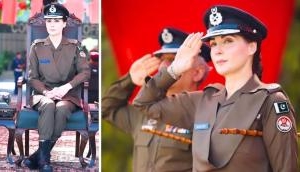

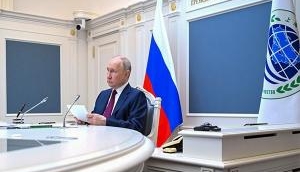
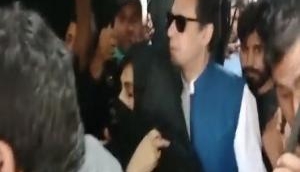

![BJP's Kapil Mishra recreates Shankar Mahadevan’s ‘Breathless’ song to highlight Delhi pollution [WATCH] BJP's Kapil Mishra recreates Shankar Mahadevan’s ‘Breathless’ song to highlight Delhi pollution [WATCH]](http://images.catchnews.com/upload/2022/11/03/kapil-mishra_240884_300x172.png)

![Anupam Kher shares pictures of his toned body on 67th birthday [MUST SEE] Anupam Kher shares pictures of his toned body on 67th birthday [MUST SEE]](http://images.catchnews.com/upload/2022/03/07/Anupam_kher_231145_300x172.jpg)




